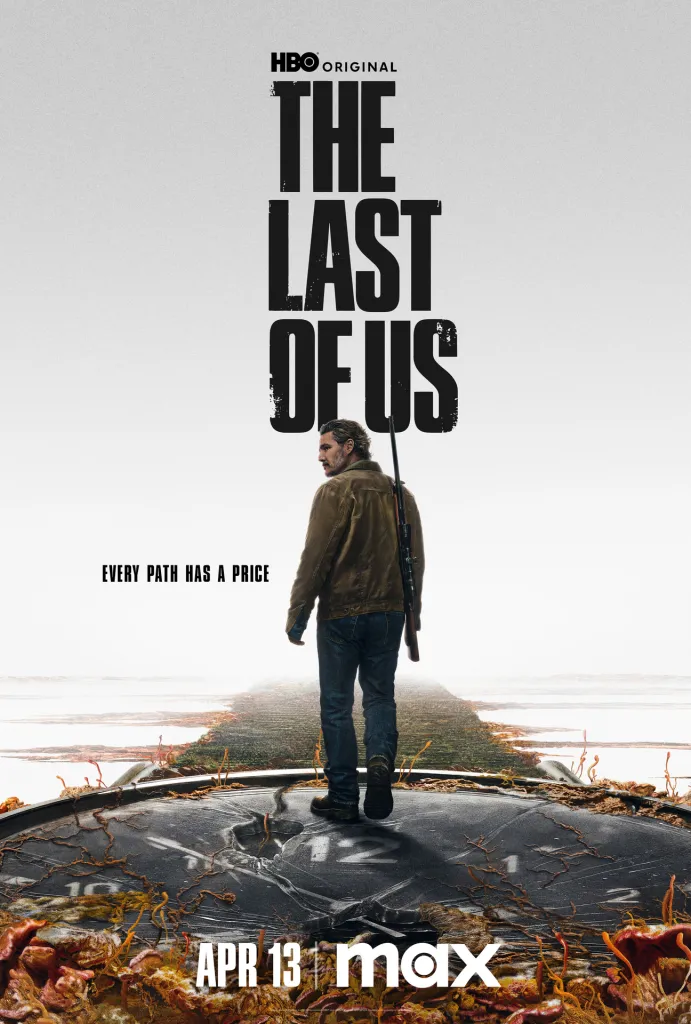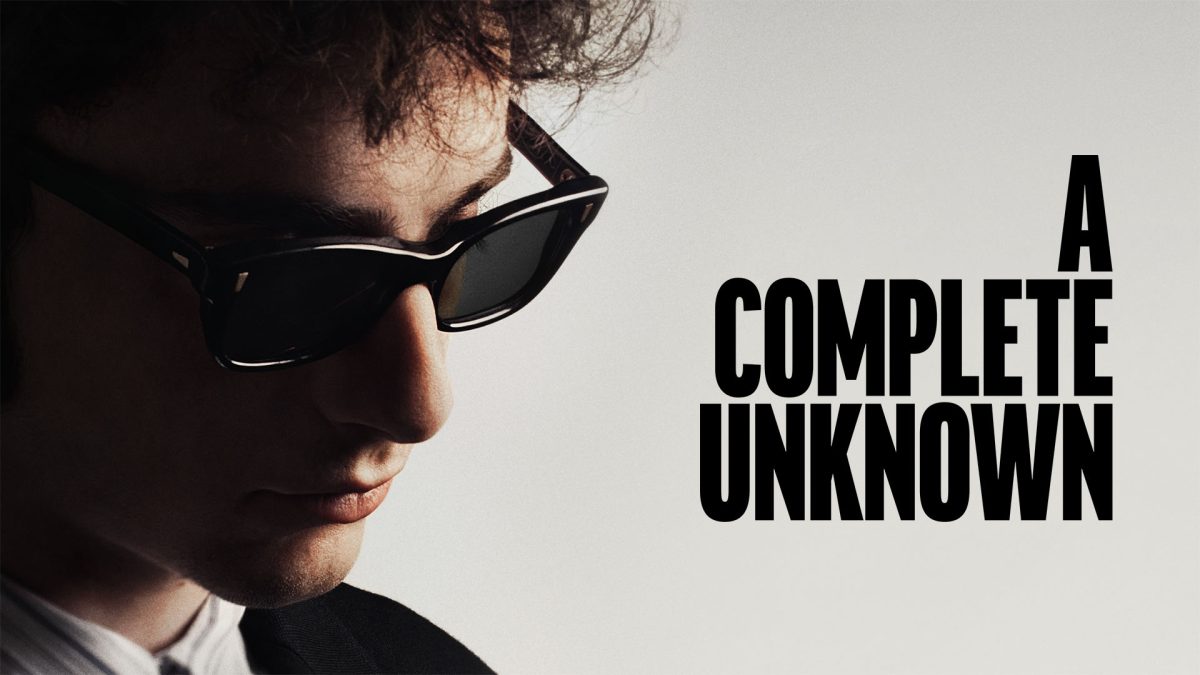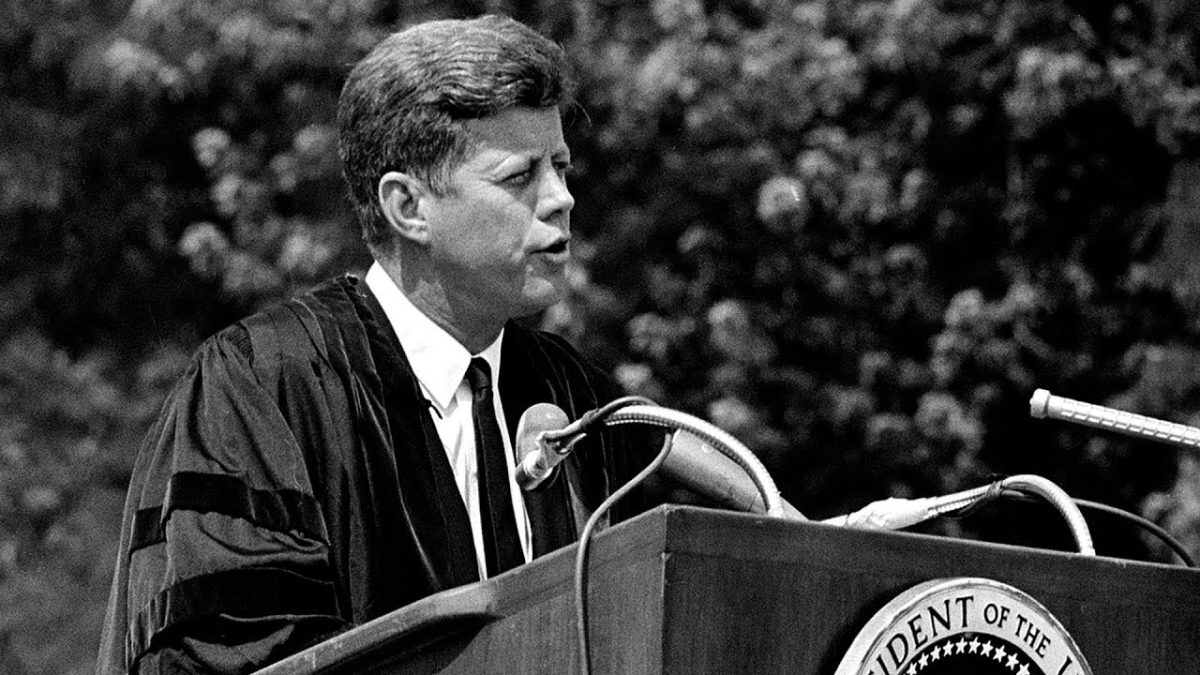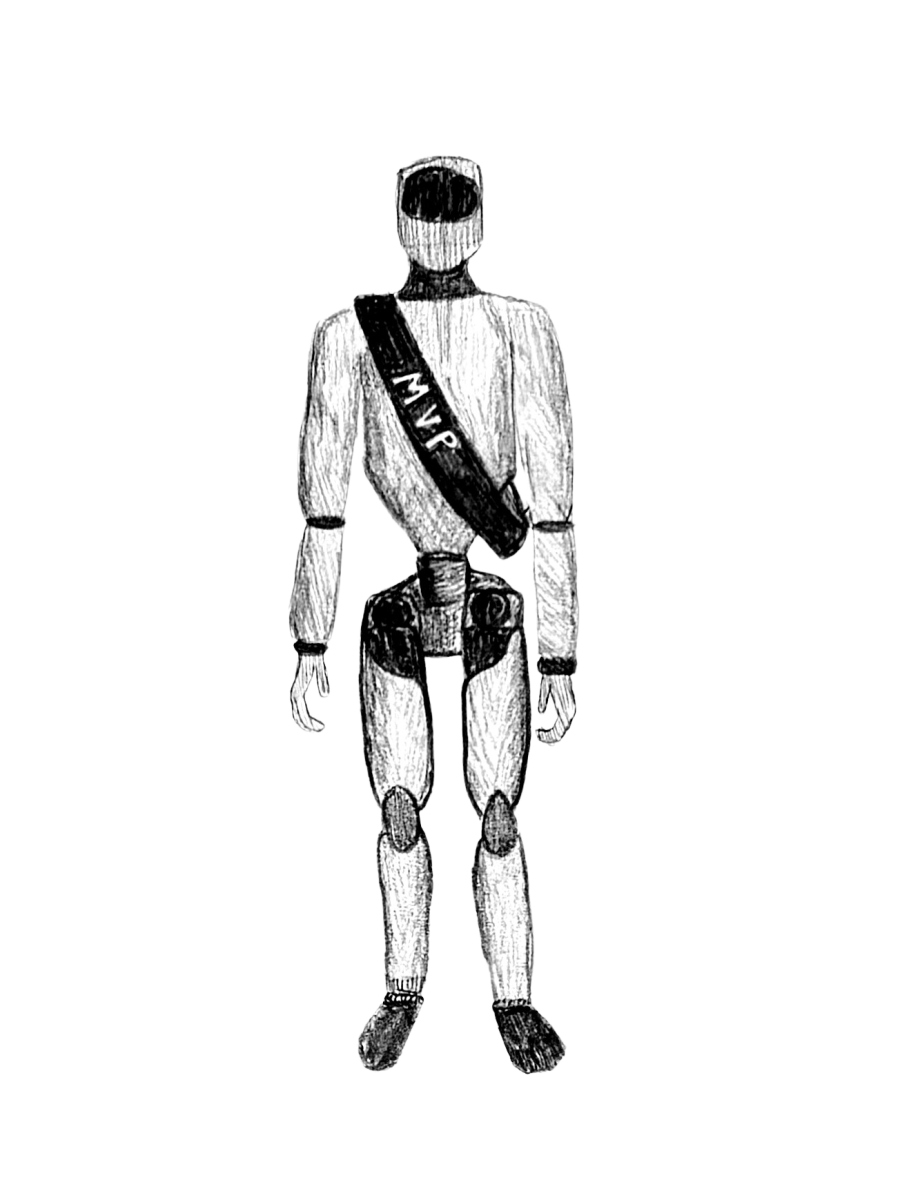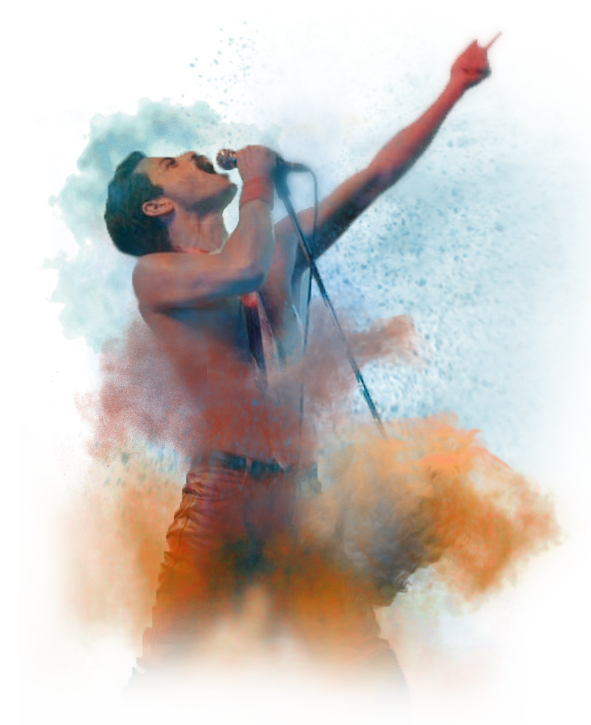You’ll laugh, you’ll cry, you’ll love it
Piper Sloan, Features Editor
Originally published November 21, 2018
★★★★
Bohemian Rhapsody is a well-crafted movie that delivers as much range and variety as the song itself. The combination of drama, comedy, romance, as well as elegant cinematography, make for an overall exciting and gratifying movie experience.
Bohemian Rhapsody was largely advertised as a movie about Freddie Mercury but, while he is definitely the “protagonist” of the film, it is much more centered around the story of Queen as a whole. The story begins with Freddie Mercury (then Farrokh Bulsara) joins the band, then named “Smile,” after an impromptu back-alley audition, and continues to expertly pack 15 years of living into a two-hour film.
The storyline jumps around between different points in the band’s history but mostly focuses on the production of their first album, which grants them a tour of the United States; the album A Night At The Opera, and the release of their hit single Bohemian Rhapsody; it then shifts to highlight the pitfalls of Freddie’s life as he divorces his wife Mary Austin, discovers his sexuality, struggles with drugs and alcohol and leaves the band to produce his own music in contract with CBS Records.
The movie concludes with the band’s performance at Live Aid at Wembley Stadium in a near-exact recreation of, what is believed by some to be, the greatest live performance in music history.
Rami Malek as Freddie Mercury
Bohemian Rhapsody is an overall delight to watch, largely due to Rami Malek’s superb job of portraying Freddie Mercury in both the high moments and the low moments of his life.
Malek’s facial expressions provide insight to the viewers as to how Freddie was feeling at any given moment. This film is an excellent example of how subtle facial cues can clue the viewer into the character’s emotion at any given time.
On the opposite end of the spectrum, Malek was just as over-the-top as he needed to be to play someone as lively and well-known as Freddie Mercury. The hair, the v-necks (which continue to get deeper and deeper as the movie progresses) and all the iconic moments, Malek’s performance could be deemed impressive by even the most critical Queen fans.
Malek’s chemistry with those on, and off, the screen is comparable to that of Freddie Mercury and his audience. This dynamic nature is especially reflected in the way that Malek interacts with the camera during performances.
And then of course, there’s the voice. The film utilizes a mix of Freddie’s recordings and Malek’s own singing to produce an overall fantastic sounding film. Although it is clear at times that Malek lacks the formidable range of Freddie Mercury, he does an excellent job of conveying the power behind those famous vocal chords.
Informational Accuracy
The film is far from factually accurate, one example being the first time Freddie meets Brian May and Roger Taylor—whom he actually met through Tim Staffel, who was the lead singer of the band Smile at the time. Add that to the several Hollywood hyperboles like extra characters, clever editing and alternate timelines used to create drama, and you get an enticing but less than realistic film.
Though most of these artful production lies are excusable in the name of a good story, there remain a few glaring errors in the film’s information. For example, when Freddie comes out to his then fiancé, Mary Austin, as bisexual she responds by telling him that he’s gay. Though this scene is accurate (Austin told reporters later in real life that that was, in fact, how she reacted to Freddie’s news) Freddie identified as bisexual, not gay.
The movie glosses over this fact and ignores his future relationships with women, focusing only on a few male relationships. In the context of the film, it makes sense, but it leaves the viewer with a false impression of who Freddie was.
Additionally, the film shows Freddie getting tested for, and diagnosed with, AIDS before the band’s Live Aid performance in 1985. It is largely believed, however, that Freddie was diagnosed in 1987, two years after Live Aid, and reportedly did not tell any close friends or family until 1989.
Just general good stuff
Moving past the factual inaccuracies, the film is exciting and captivating to watch. Though the film maintains a mostly positive tone, it’s also able to reflect the emotion of the characters in the story extremely well. By highlighting both the successes and failures of Queen, Bohemian Rhapsody brings the viewer on a journey that evokes all sorts of emotion.
The film displays the darker sides of Freddie’s struggle with drug abuse, coming out as bisexual and his relationships with Mary Austin, Paul Prenter Jim Hutton and his family. It also highlights the growing tensions between band members and the difficulties of working together.
One of the more enjoyable parts of Bohemian Rhapsody was the light hearted comedy interspersed throughout the script. The band members all worked together on screen to produce the feel of an actual group of friends, one that most people watching can relate to.
Not only were there jokes, snarky comments and friendly banter, there was also an overall chemistry that led to a very lifelike sense of enjoyment. The actors’ interactions on stage, on screen, were able generate excitement in the audience much like that of a concert’s audience. All together these elements lead to a rousing and emotional movie-going experience
Possibly one of the most notable traits of the film was the magnificent job on behalf of the costume department. Freddie’s notoriously outrageous concert outfits were done due justice and Malek was anything but shy in pulling of the deep-v sparkling jumpsuits. The much simpler, but equally iconic, white singlet and studded accessories were also well represented.
Almost more enjoyable than the concert attire were the everyday outfits. The brightly colored and tastefully bedazzled leather jackets, the far-too-tight sweaters, the large belts, the sunglasses and more. Not to mention the delightful, yet subtle, pleasure of watching everyone’s hair change through the eras; the mullets, the luscious locks, and eventually the crew cuts.





